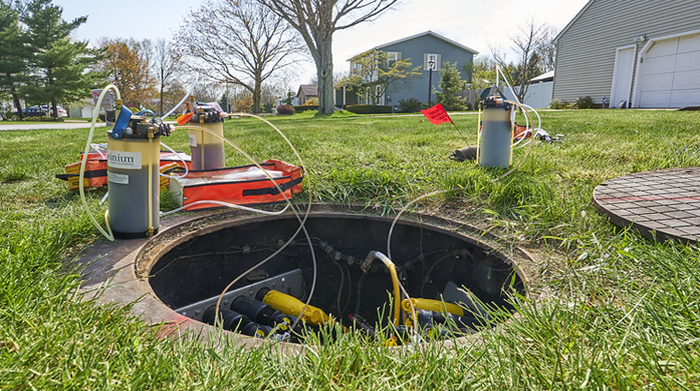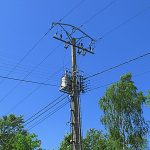Simplified Undergrounding Process Introduced in California

Image courtesy of FirstEnergy under Attribution-NoDerivs 2.0 Generic License, resized to 700 x 391 pixels.
The California Public Utilities Commission (CPUC) has been directed to simplify and expedite the undergrounding process within the state. The directive was put forth via Senate Bill 884 (SB 884), which became law in Jan. 2023. Although the law only applies to the state’s investor-owned electric utilities (IOUs) that have at least 250k customers (PG&E, SCE and SDG&E), it is a welcome addition in the state’s battle to mitigate wildfire risk.
Overview of the New California Undergrounding Process
Under the new program, the large California IOUs are able to submit detailed 10-year undergrounding plans to the CPUC and Energy Safety Office for review. As part of the process, IOUs are required to apply for any available federal, state, or other non-ratepayer funds. The overall objectives, in addition to wildfire mitigation, are to promote hardening against other potential hazards, increase public safety, enhance reliability, achieve economies of scale, and decrease costs.
The reviews involve a 2-step process. The Energy Safety Office will conduct the first phase of the review, and within 9 months will either approve or reject the plan. If the Energy Safety Office approves the plan, phase 2 kicks in whereby the utility must then file it with the CPUC for conditional approval of the forecasted costs as well as a comparison of the plan with known alternatives. This phase 2 application must also dictate how any avoided costs will be used to provide relief to customers. Like the first phase, the CPUC has 9 months to conduct the phase 2 review and either approve or reject the plan.
Last but certainly not least, once the CPUC conditionally approves the plan, the utility can proceed with the undergrounding process. During this effort, the utility will be required to periodically report progress and is subject to independent oversight.
In my mind, this new process makes a lot of sense for California. Burying power lines is one surefire way to reduce wildfire risk, and that alone makes this a worthwhile endeavor.



